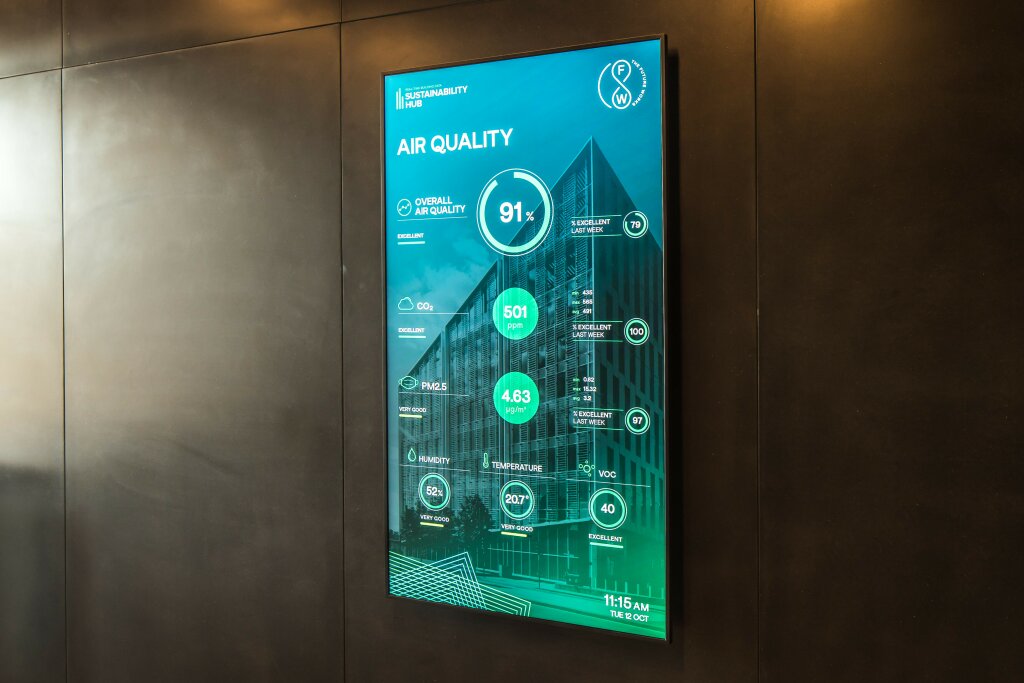Recent apocalyptic scenes of a yellow, smoke-shrouded New York are a stark reminder that we shouldn't take clean air for granted. Smoke from forest fires in eastern Canada has drifted across not only Canada's eastern provinces but vast areas of the US, stretching from the north east as far south as Mississippi.
In New York, the levels of PM2.5 – deadly toxic particulate matter tiny enough to get into the bloodstream – were recorded at levels higher than seen in New Delhi, one of the world's most polluted cities in terms of air quality. This was enough to trigger warnings by the city's mayor for vulnerable people, such as those with heart problems or prone to asthma, to stay inside and for others to avoid exercising outdoors.
Here in the UK, major cities might not be as prone to risks of this type, but today's Clean Air Day functions as a reminder of the importance of air quality, which is so often compromised by pollution generated by transport and industry.
While people may be more aware of outside air pollution, indoor air pollution can often be overlooked. Given that people on average spend 90% of their time indoors, with much of this time in the office, office air quality should be one of the most important considerations.
For this reason, air quality is becoming an important part of the wellbeing agenda. In fact, the more studies done on the issue, the more evidence comes to light of the devastating damage air pollution causes to our health, and at increasingly lower concentrations of pollutants. It is estimated that in the UK, polluted air causes around 36,000 premature deaths per year. In London alone, it is responsible for around 4,000 premature annual deaths.
Health and wellbeing have increasingly moved up the agenda for tenants amid growing competition to attract and retain talent. High-quality offices that deliver a pleasant work environment and boost the wellbeing of occupants are now seen as part and parcel of an employer's offer. This means increasing demand for office facilities such as outdoor spaces, gyms, cycle parking, showers and changing rooms.
“If we use hard business logic, indoor air quality should be equally important to employers because of its impact on productivity. High levels of carbon dioxide, when there is little fresh air drawn into a building, have been linked to lower levels of productivity among staff.
”
Another trend that has made air quality more important is an increased focus on energy efficiency. For example, at The Future Works in Slough, which is rated BREEAM ‘Excellent', the state-of-the-art HVAC technology, encompassing heat exchangers, on-demand controllable fans and a building app that enables heating, cooling and lighting to be operated remotely, has resulted in the building more airtight, making well-designed ventilation systems even more essential.
At AshbyCapital, we have made high air quality one of our principal goals in the design of our offices and have developed the UK's first AirScore Platinum building at The Future Works, which was inspected and certified by independent assessor AirRated. Indoor air is filtered, providing very low PM2.5 particulate levels, while excellent ventilation ensures a constant supply of fresh air.
To encourage occupiers to think about air quality and sustainability, occupiers can view air quality levels and energy use in real time via strategically placed digital display screens around the building, making these elements something that those working in the building are fully aware of and engaged with.
Increasingly, air quality and sustainability will be regarded together. As health and wellbeing continue to appear high up the agenda for employers, considering air quality in office developments is vital for developers to ensure their schemes remain relevant and attractive.
